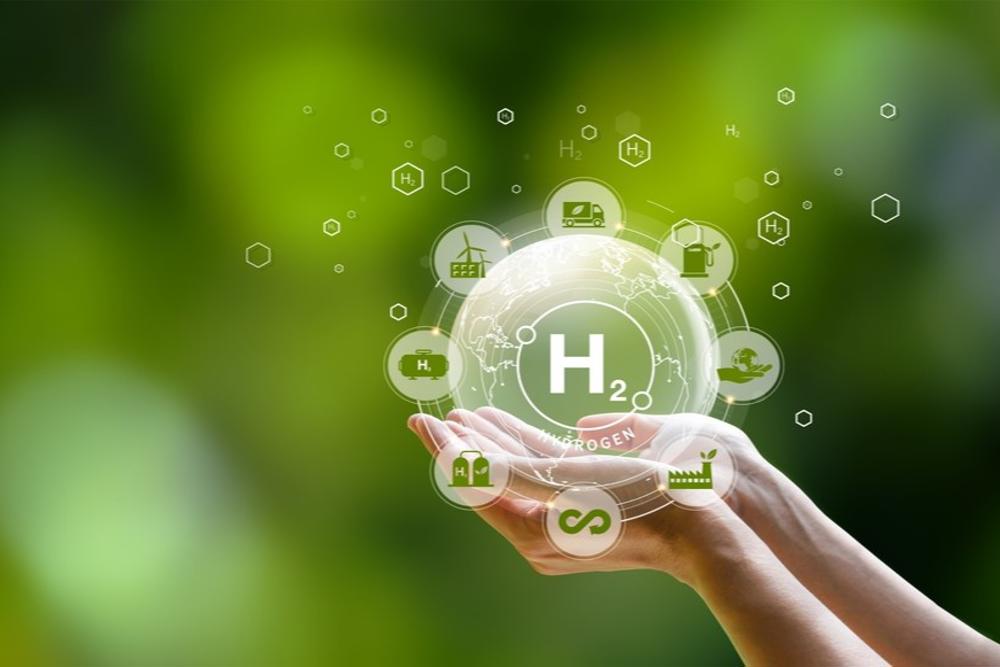
The Australian Renewable Energy Agency (ARENA) has awarded a $1,666,701 grant to the Aboriginal Clean Energy Partnership Pty Ltd (ACEP) for Phase 1 of the feasibility study for the East Kimberley Clean Energy and Hydrogen Project.
This marks a significant step forward in Australia’s renewable energy ambitions, particularly in the Kimberley region of Western Australia.
The $3,333,403 Phase 1 feasibility study is integral to the project’s development, which aims to establish large-scale renewable energy, renewable hydrogen, and renewable ammonia production for export.
One of the project’s unique aspects is its emphasis on First Nations partnership, with Traditional Owners not just as stakeholders but as shareholders in the clean energy project’s development phase.
ARENA and ACEP will collaborate to share best practices, capacity-building opportunities, and workforce development aimed at First Nations groups.
This partnership model is not only pioneering but also sets a standard for future renewable energy projects.
ACEP, formed in 2022, is a joint venture between native title representative holders Yawoorroong Miriuwung Gajerrong Yirrgeb Noong Dawang Corporation (MG Corporation), Balanggarra Ventures Ltd (Balanggarra), and Kimberley Land Council Aboriginal Corporation (KLC), along with climate and nature investment and advisory firm Pollination.
This unique partnership ensures that the project is majority First Nations-owned, creating a model for inclusive and sustainable development.
ARENA CEO Darren Miller highlighted the project’s significance in empowering First Nations communities in the energy transition, aligning with Australia’s goal of becoming a renewable energy superpower.
Miller emphasised the project’s role in exploring greater Indigenous involvement in Australia’s renewable hydrogen ambitions.
“This project will pave the way for First Nations-led renewable energy developments and ARENA will be working to ensure the lessons we learn from East Kimberley inform future projects,” said Miller.
KLC Chairman Anthony Watson echoed this sentiment, noting that the project demonstrates a future where economic prosperity, Indigenous empowerment, and environmental stewardship go hand in hand.
MG Corp Executive Chair Lawford Benning expressed excitement about the project’s potential to utilise natural resources for a greener future, emphasising the need for federal and state government support.
Phase 1 of the feasibility study, commencing immediately, is scheduled to be completed in five months.
If proven feasible, the project would include approximately 1,000 MW of solar generation paired with 850 MW of electrolysis capacity on MG Corporation land.
This setup aims to produce 50,000 tonnes per annum of renewable hydrogen, transported via an underground pipeline to Balanggarra Country in Wyndham.
There, it would be combined with existing hydropower to produce around 250,000 tonnes per annum of renewable ammonia for export to key trade partners in Asia and domestic use.
The East Kimberley Clean Energy and Hydrogen Project represents a significant investment, with an estimated capital cost in the range of $2.7-3.2 billion.
It is poised to become one of the world’s largest renewable hydrogen and ammonia production facilities, showcasing the potential for Indigenous-led renewable energy developments.












